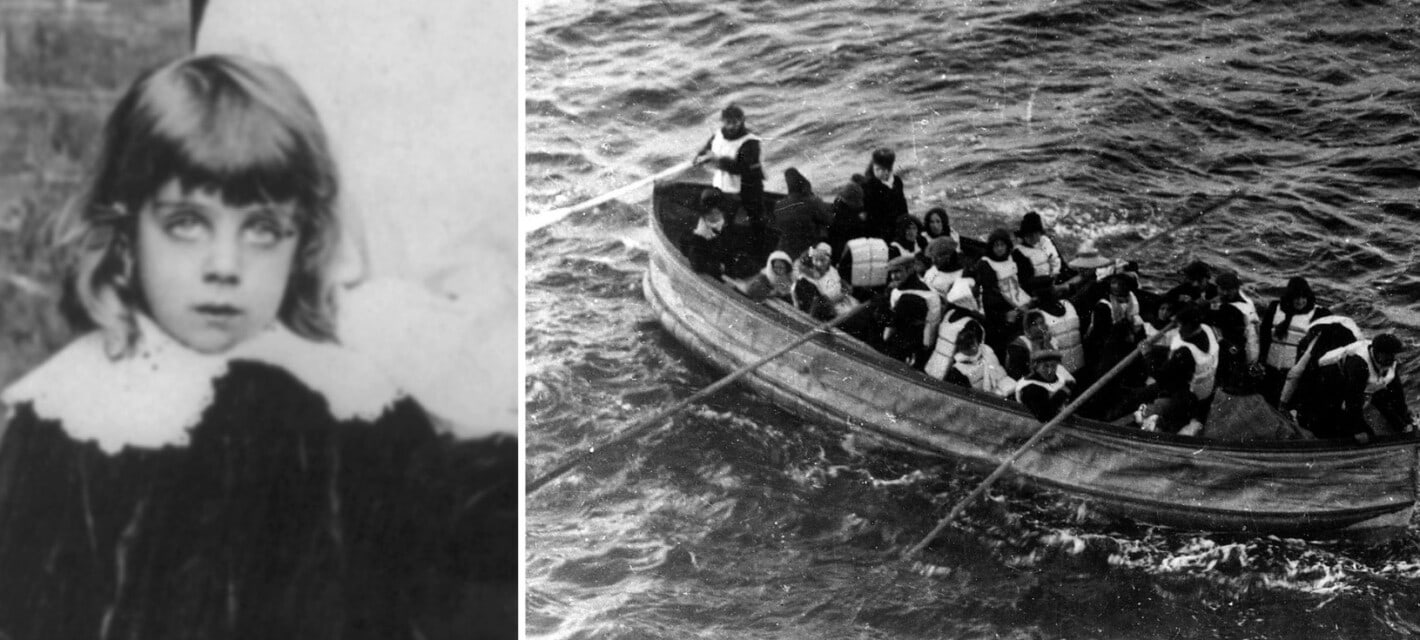The century-old story is familiar, but still intriguing, born of tragedy and catapulted into legend. The ‘unsinkable’ Titanic, carrying passengers from all walks of life, representing twenty-seven countries. Titanic sailed on its maiden voyage to New York on April 10th, 1912. Her passengers were a cross-section of society. There were immigrants. Businesspeople. Military luminaries. The extremely poor. Unfathomably wealthy society families. The elderly and the newborn. Stewards, stokers, and officers. Most would never arrive in New York. On April 14, Titanic hit an iceberg, causing fatal structural damage. Within two and a half hours, she sank down to the depths of the Atlantic ocean, over 12,000 feet below the surface. As she plunged beneath the waves, she claims 1,517 souls. There were, however, 706 survivors, whose stories did not end that fatal night.

Post-Titanic Infamy for Some Survivors
Some post-Titanic survivor’s stories are already famous. First Office Charles Lightoller, survived Titanic but later aided in the dangerous evacuation of Dunkirk during World War II. There’s Margaret Brown (who never used “Molly” as a nickname), who ran for U.S. Senate and became an activist for women’s rights. There is J. Bruce Ismay, manager of White Star Line, remained vilified for the remainder of his life for ordering the ship to speed through ice floes but escaping in a lifeboat as passengers died. He lived a quiet life in Galway, Ireland to escape his notoriety. Finally, Violet Jessop, a stewardess who survived Titanic and the sinking of her sister ship, Britannic. Their fascinating stories have been told and retold in popular culture since 1912. But most survivor’s stories seem to end with the Carpathia’s rescue, despite being as intriguing as Lightoller, Brown, Ismay, and Jessop.

